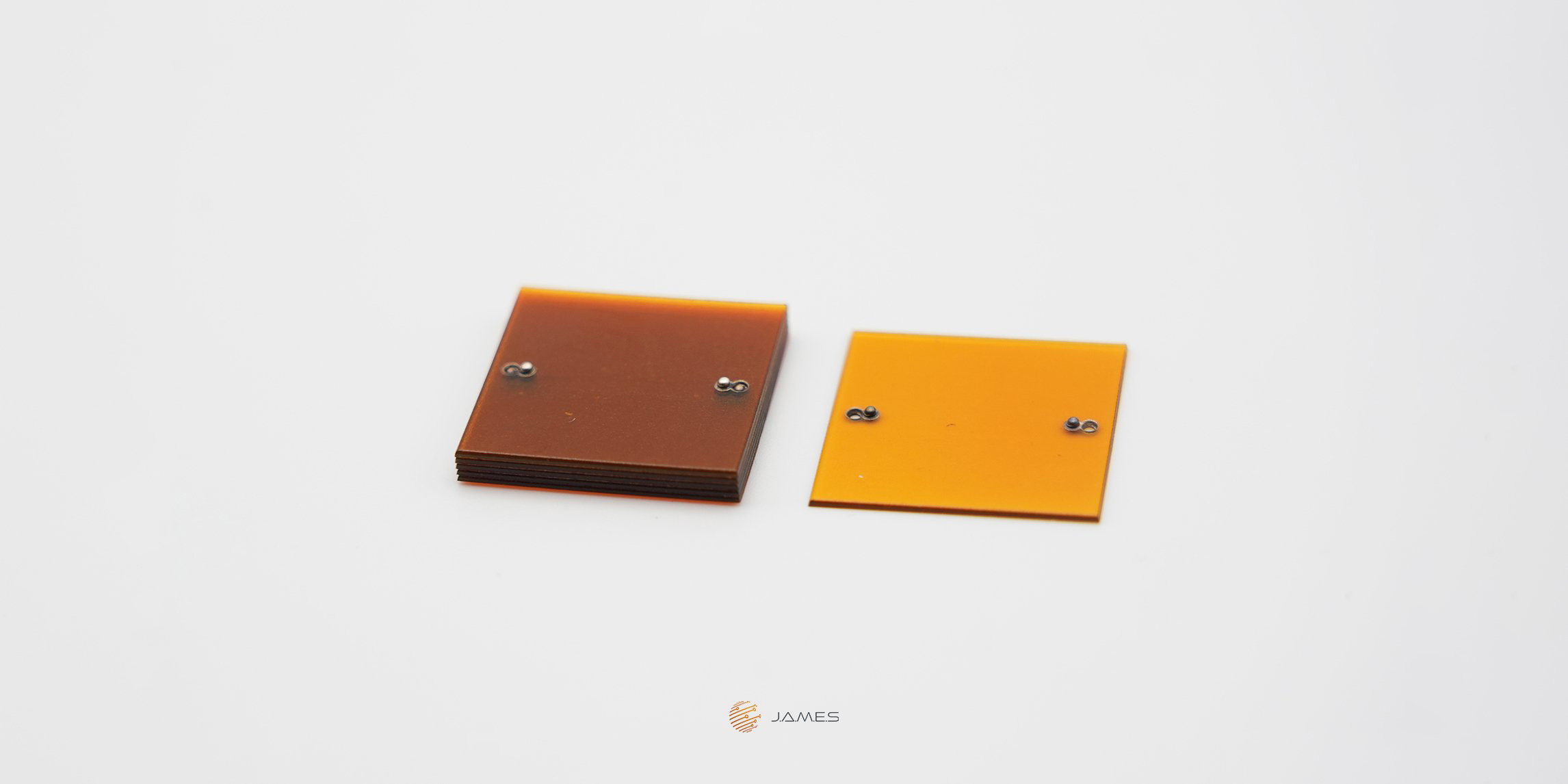StackUp LF Coupon
Verified
A first design is finished, a complete explanation of the targeted functionality is included, and the targeted printer technology has been provided. This AME design also provides a model which is proven to fulfill the targeted functionality. Furthermore, the AME structure has been printed and validated by measurements. A complete set of the measurement setup and results is provided.

The StackUp LF design aims to go beyond the official printing height by stacking one AME structure on top of the other. Of course, to make this work, it is essential to have a reliable procedure to also get the electronic signals from one of those structures to the next one. This design shows one possibility to realize this for signals in the DC and AC range. It was originally designed for the Nano Dimension DragonFly IV system and takes into account that the system does not provide support material. Nevertheless, the StackUp LF design offers a way to stack and connect an arbitrary number of different AMEs. This design represents a test structure to verify the basic stacking process without providing any additional functionality.
In the download area, you will find three parameterized designs. One design is the base plate on which the two stacking designs are placed. Furthermore, two separate pdf files are attached that show the verified design parameters and a step-by-step procedure for the assembly process.
3D-Model Preview
Future Field of Application
While the StackUp LF design is meant to cover DC and AC signals, it lacks the possibility to also transfer RF systems from one printed structure to another. To also be able to cover the RF range, some significant adjustments will have to be made to achieve some acceptable reflection coefficients while going from one structure to the next.
Current Technology Limitations
The design was originally created for the Nano Dimension DragonFly IV system. In this printing system, no support material is available; thus, at least one side of the structure needs to be flat. The design needed to be adapted to this at the cost of requiring much more space than it would have needed with available support material.
Tutorials and Interactive Videos
How to Assemble Stackuplf (part 1)
How to Assemble Stackuplf (part 2)
Fundamentals

FPM-Trinity - World Premiere At The INTERNEPCON JAPAN 2024 In Tokyo

Master Thesis - Post-treatment Of Additively Manufactured Electrically Conductive Structures With Silver Nanoparticles











